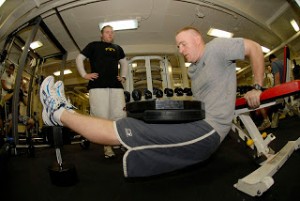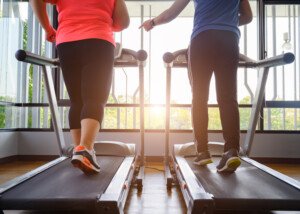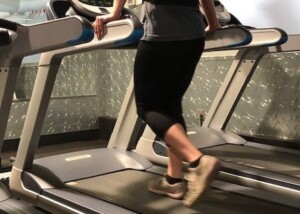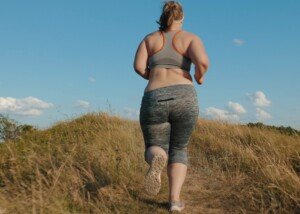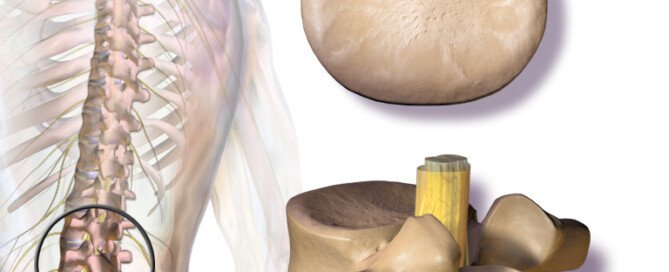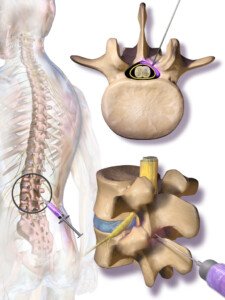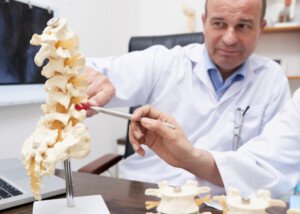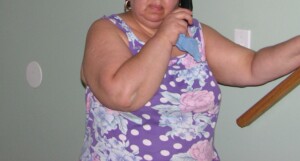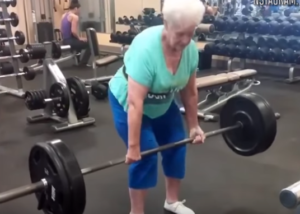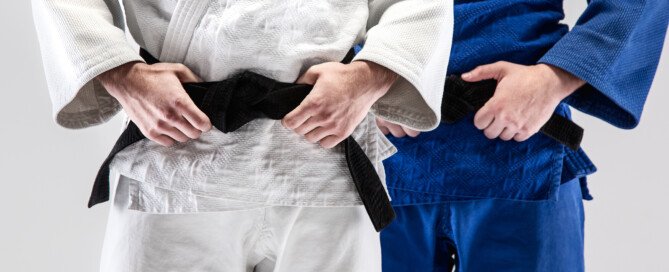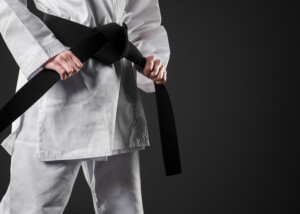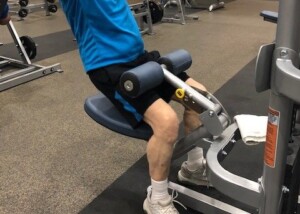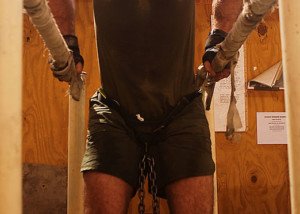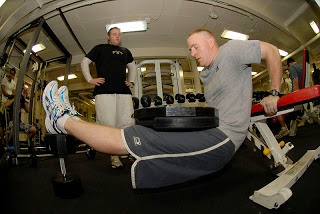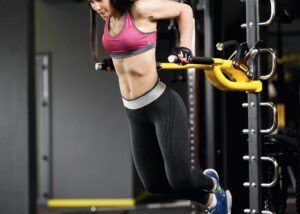How to Overcome the Intimidation of Treadmill Running
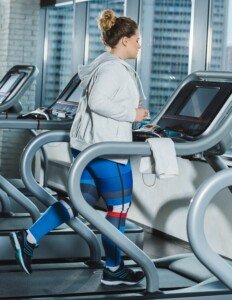
You must read this if you’re fearful or reluctant to run or even slowly jog on a treadmill. (more…)
How Soon Epidural Steroid Injection Works in Elderly People
This article is about how soon in an elderly patient an epidural steroid injection may take to work. (more…)
What Are the Best Exercises for Obese Older Adults ?
What is the best exercise for the older, obese adult?
Being old and obese is no excuse for avoiding exercise. However, considerations must be made in terms of what kind of exercise is best for the older, obese person.
“To get back into the best of health, obese seniors should still be exercising daily to keep their heart healthy and burn calories to take the extra weight and pressure off of the aging body,” says Monica Charlton, a senior exercise specialist and certified Silver Sneakers/personal trainer out of New Orleans.
There are quite a few types of exercises that are perfect for the older obese body. Let’s look at one of them — which can be done anywhere with no equipment.
Wake Forest University conducted a study showing how valuable simply walking can be for this demographic.
This can improve the mobility of older, obese people as much as 20 percent, says the WFU five-year study which concluded in 2011.
“This is one of the first large studies to show that weight loss improves the functional health of older people with cardiovascular disease,” says Jack Rejeski, Thurman D. Kitchin Professor of Health and Exercise Science, in the paper.
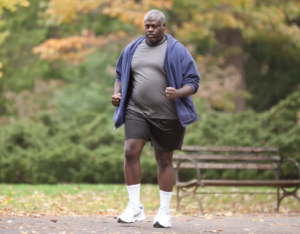
How the Study Was Done
The study subjects were 60 to 79 and were followed for 18 months. One group did no walking. The second group walked. The third group walked and had weight loss counseling.
The greatest results were in the third group.
To measure improvement in mobility, the 400-meter walk was used because it’s a reliable tool for measuring mobility in older adults, especially with obesity.
Walking on the job and at the store do not count.
“To best kick-start your exercise, begin with walking every day,” says Charlton.
“Walking is great because it’s low impact on the joints. To begin, you can divide your walking exercises up into smaller segments throughout the day.
“Begin to increase your movement by walking briskly, each week adding on more minutes.”
These segments can be done outside or in the house — but any house-walking should NEVER be counted in with normal everyday walking around the house!
Set a timer for 10 minutes and walk around the house non-stop, pumping your arms, doing nothing else BUT the walking.
Obese, Older and Walking on a Treadmill
There’s only one way to walk with proper form, arm/shoulder motion and breathing: Do not hold onto the treadmill.
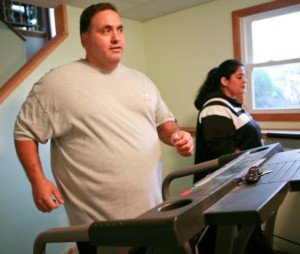
Being old and obese is not a pass for harmful walking mechanics. Use a slower speed and swing the arms.
“Start out on a lower incline and speed until your body gets accustomed to it,” says Charlton.
“As your body gains strength and you become better at the treadmill, work on keeping your hands off the rails.
“I am against holding the treadmill, as it doesn’t give you the full impact. I explain to my clients that if they were walking up a hill, would they be able to lean back like people do when they hold the treadmill?
“When people hold the treadmill, they are not mimicking a real-life activity and they are failing to engage their erector spinae, quadratus laborum and other important core muscles that affect our posture.
“In addition, by holding the treadmill, they may be adversely affecting the growth and maintenance of their core musculature as well as leg musculature.”
Exercising While Shopping
The walking you did at Walmart does not count as your walking exercise, no matter how old or obese you are.
At Walmart or Sears, you are not focusing on posture, breathing, relaxing the shoulders, stride or other elements related to efficient exercise — not to mention the fact that walking at a store means stop and go, stop and go, and often includes slouching or slumping over to examine merchandise.
Set special time aside every day for your walks — even if it’s just five minutes at a time around your apartment complex.
Another Great Exercise Approach
Lift weights. This can be resistance bands, a weighted ball, dumbbells, a kettlebell, a barbell or even your own bodyweight with partial squats and gentle partial lunges.
 Monica Charlton’s personal training services include fitness/body composition assessments, nutrition planning, running programs and customized programs for clients with disabilities or injuries, as well as older and mainstream clients.
Monica Charlton’s personal training services include fitness/body composition assessments, nutrition planning, running programs and customized programs for clients with disabilities or injuries, as well as older and mainstream clients.
 Lorra Garrick is a former personal trainer certified through the American Council on Exercise. At Bally Total Fitness she trained women and men of all ages for fat loss, muscle building, fitness and improved health.
Lorra Garrick is a former personal trainer certified through the American Council on Exercise. At Bally Total Fitness she trained women and men of all ages for fat loss, muscle building, fitness and improved health.
.
Top image: Alexisrael, CreativeCommons
Source: sciencedaily.com/releases/2011/01/110124162625.htm
How a Doctor Mistakes Melanoma for Seborrheic Keratosis
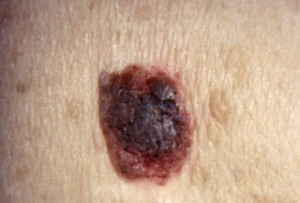
Which is it?
Has a doctor recently told you “It’s a seborrheic keratosis” and you’re still scared it’s a melanoma?
Here’s what you should do.
A melanoma can sometimes be mistaken for a seborrheic keratosis which is a benign skin barnacle.
“There are MANY pigmented skin lesions and many can look alike,” says Jennifer Gordon, MD, who is board certified by the American Board of Dermatology; she practices at Westlake Dermatology located in Austin, Texas.
“These include moles, freckles, seborrheic keratoses, dermatofibromas, basal cell and squamous cell carcinomas, melanomas and many others,” continues Dr. Gordon.
Melanoma vs. Seborrheic Keratosis
“When these lesions are ‘text book,’ they can be fairly easily deciphered by the trained eye of a dermatologist; however, as we know, skin lesions don’t always read the textbook,” explains Dr. Gordon.
“True pigment can occur in many of these lesions, but also some of these lesions grow with a brown discoloration and thickening, which can make detection of underlying pigment in the actual skin difficult.”
How does a melanoma get past a dermatologist’s trained eye to recognize the distinctive pigment network of a melanoma?
And to this question of mine, Dr. Gordon replies, “There is no ‘distinctive pigment network’ of a melanoma. There are many red flags that a pigmented lesion might be a melanoma or atypical, but there is no perfect formula.

Melanoma. Shutterstock/Nasekomoe
“Blue/white veil [under magnification], peripheral globules, expansion of pigment network, inverse pigment network, etc., have all been studied and shown to be worrisome for melanoma, but there are melanomas that have no pigment.
“There are multiple types of melanoma that grow in different patterns as well, and often can look like thick, vascular lesions or seborrheic keratoses.
“SKs often are thicker with no distinct pigment network and crypts. Again however, these lesions can be flat, have an apparent pigment network and become inflamed.”

Seborrheic Keratosis
How easy can a doctor mistake a melanoma for a seborrheic keratosis after viewing it through a handheld lens (dermatoscope)?
Dr. Gordon explains, “Dermatoscopes polarize light and magnify, making it easier for us to see the intricacies of lesions, but it does not have a ‘melanoma’ light that pops up when we see one.
“All it does is give us more information about what the lesion looks like, and as we gain more research about different features that distinguish malignant lesions from benign lesions, we can continue to use these to help us decide whether to biopsy.
“However, a good rule of thumb is that the dermatoscope should never talk you out of taking a biopsy, but if you see something abnormal that you could not see with the naked eye, it is then useful to help push you towards taking a biopsy.
“Again, although there are a few features that are either reassuring or worrisome, many lesions contain both types of features.”
Best way, short of biopsy, to indicate possibility of seborrheic keratosis vs. melanoma?
“Another very important thing to remember is that we are seeing a snapshot of your skin lesions,” says Dr. Gordon.
“Change and evolution of lesions is an extremely important factor in malignancy, so monitoring and watching for change is another important job for both you and your dermatologist.”
A seborrheic keratosis can change or evolve, just like melanoma does. However, an SK’s changes can be rapid, noticeable by the naked eye from day to day. Melanoma changes much more slowly.
Thus, that weird “mole” that looks different on Thursday than it did Monday is very unlikely to be a melanoma—though by sheer coincidence, a melanoma can start growing within a seborrheic keratosis!
But this is pure coincidence; a seborrheic keratosis cannot cause cancer or turn into cancer.
Should a patient insist on a biopsy simply by hearing, “It’s a seborrheic keratosis”?
“We see hundreds of skin lesions a day and use patterns to help decide what we believe is worrisome or not,” says Dr. Gordon.
“This is our job and most of us are good at it. However, to Err is Human and there will be mistakes.
“If a patient is truly worried about a lesion, then biopsy it! If they think it is changing, biopsy it!
“I don’t condone sampling every pigmented lesion but if there is an ugly duckling or one a patient has been worried about, then let both of you sleep that night by putting it in a jar.”
So is the image above a melanoma or a seborrheic keratosis? It is a seborrheic keratosis — but note how similar it looks to the image of the melanoma!

Dr. Gordon’s interests include medical dermatology, particularly the treatment and prevention of melanoma and other skin cancers in athletes. For 2016, 2017 and 2018 Texas Monthly Magazine selected her as one of the Texas Super Doctors Rising Stars.
 Lorra Garrick has been covering medical, fitness and cybersecurity topics for many years, having written thousands of articles for print magazines and websites, including as a ghostwriter. She’s also a former ACE-certified personal trainer.
Lorra Garrick has been covering medical, fitness and cybersecurity topics for many years, having written thousands of articles for print magazines and websites, including as a ghostwriter. She’s also a former ACE-certified personal trainer.
Kettlebell Workouts for Obese People: Burn Fat, Get Fit
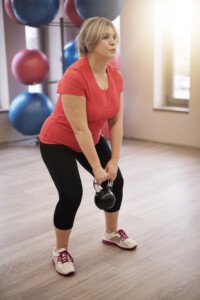
Here are simple but very effective kettlebell workouts for obese who want to lose weight and get fit. (more…)
What Are the Best Barbell Exercises for Overweight Beginners?

Here are great but simple barbell workout routines for beginning fitness enthusiasts.
When I was a trainer I had my beginner clients performing these inviting barbell routines during their workouts. (more…)
Key Signs of a Bad Karate or Martial Arts Instructor

Some alarming clues of a bad karate instructor; learn these before you “sign up.”
What makes a good karate instructor and what makes a bad karate instructor?
I certainly know; over a course of years I’ve attended a number of martial arts schools in four different states. (more…)
Lat Pull-Down Mistakes that Only Women Seem to Make

There are several mistakes with the lat pull-down exercise that seem to be common only among women, and you may be one of them!
Now, as a former personal trainer, I’ve seen all of these lat pull-down mistakes over and over — almost always committed by women.
How to Make Bench (Seated) Dips More Intense for Killer Triceps

You can make seated dips extremely intense; don’t just settle for high volume “baby” reps on a bench as you become stronger.
How to Do Bench Dips with Several Plates without a Partner
